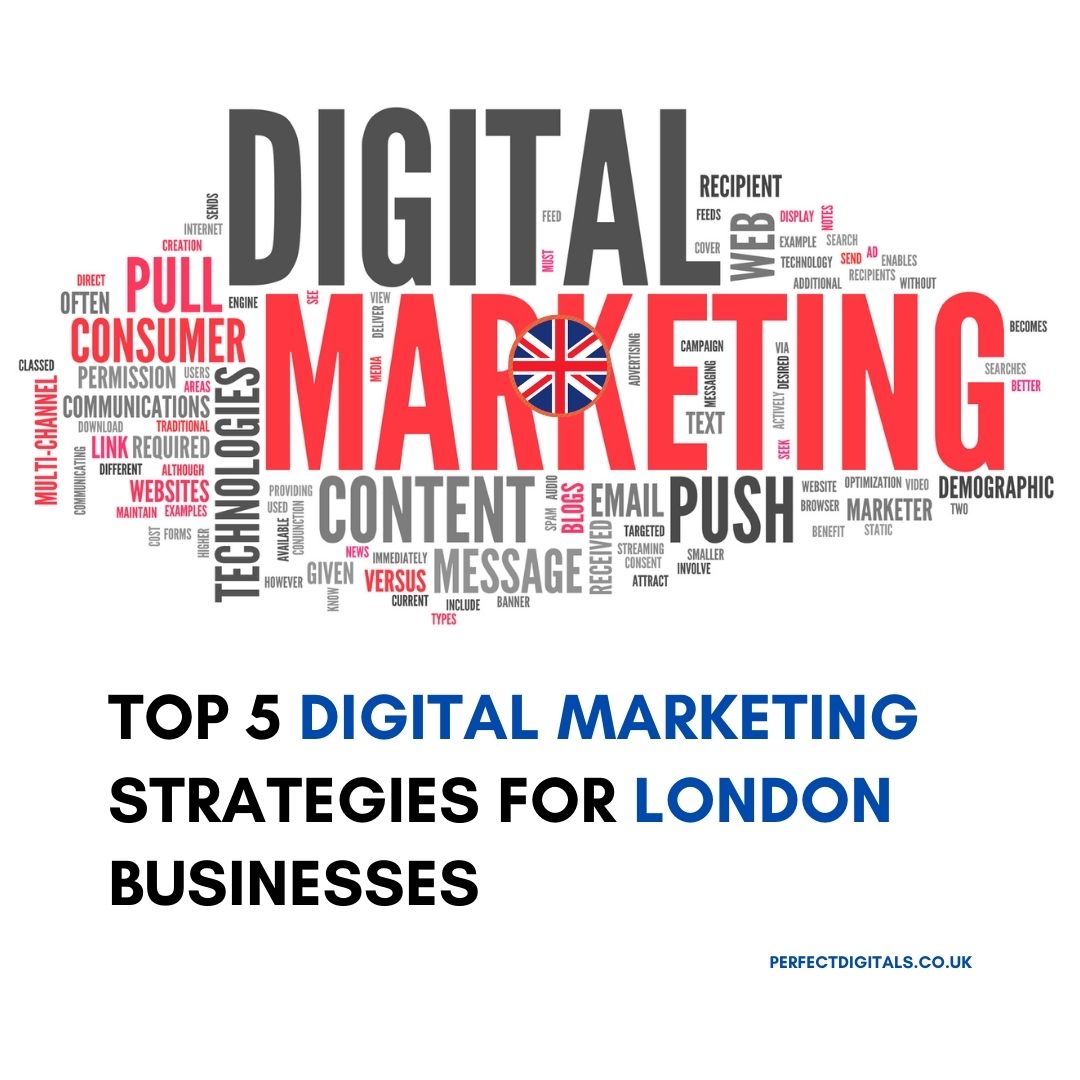
Understanding the Basics of Search Engine Marketing (SEM)
Search Engine Marketing (SEM) has emerged as one of the most efficient ways to grow an online presence. By leveraging paid strategies to enhance visibility on search engine results pages (SERPs), businesses can achieve their marketing goals faster than ever. SEM is not just about creating ads—it’s a structured approach combining strategy, tools, and analytics to reach the right audience.
This article dives into the core aspects of SEM, the role of a Search Engine Marketing Company, and how integrating SEM with other marketing channels, like social media and video marketing, can elevate your campaigns.
What is Search Engine Marketing (SEM)?
SEM refers to the use of paid advertising to increase visibility in search engine results. Unlike organic methods, which can take months to yield results, SEM offers immediate benefits. It works by targeting specific keywords relevant to a business’s offerings, allowing companies to connect with potential customers actively searching for their products or services.
Some common formats of SEM include:
- Search Ads: Ads that appear at the top of search results when users search for specific keywords.
- Display Ads: Visual ads displayed on websites within the Google Display Network.
- Shopping Ads: Product-specific ads showcasing a picture, price, and link directly to the product page.
By combining these ad formats with advanced targeting options, businesses can reach audiences at every stage of the buyer’s journey.
Key Components of SEM
- Keyword Research
Keywords are the foundation of any SEM campaign. Understanding user intent and selecting high-performing keywords ensures ads are shown to the right audience. Advanced tools like Google Keyword Planner or SEMrush are often used to find keywords with optimal search volume and competition levels. - Pay-Per-Click (PPC) Advertising
A hallmark of SEM is PPC advertising. In this model, businesses pay only when users click on their ads. This cost-effective strategy ensures that budgets are spent on interested users, boosting return on investment (ROI). - Ad Copy Creation
Crafting compelling ad copy is crucial for attracting clicks. The text should highlight the unique selling proposition (USP), include a strong call-to-action (CTA), and address the user’s needs. - Landing Page Optimization
Once users click on an ad, they should land on a page that aligns with their expectations. Optimized landing pages improve conversion rates and ensure the user journey is seamless. - Performance Tracking and Analytics
No SEM campaign is complete without thorough analysis. Metrics like click-through rate (CTR), conversion rate, and cost-per-click (CPC) help marketers refine campaigns for better results.
The Role of a Search Engine Marketing Company
For businesses new to SEM or those looking to enhance their existing efforts, partnering with a professional Search Engine Marketing Company can be a game-changer. Such companies bring expertise, tools, and strategies that are difficult to achieve in-house.
Some key benefits include:
- Tailored Campaigns: SEM professionals design campaigns specific to business goals and target audiences.
- Budget Optimization: They ensure that ad spend is allocated efficiently to maximize ROI.
- Continuous Improvement: Regular monitoring and adjustment keep campaigns effective and competitive.
- Advanced Tools: Agencies have access to premium tools that offer insights into keywords, competitors, and market trends.
By outsourcing SEM to experts, businesses can focus on their core operations while reaping the benefits of increased online visibility.
Integrating SEM with Other Marketing Channels
While SEM can deliver impressive results on its own, integrating it with other marketing channels amplifies its effectiveness. Collaboration between a Social Media Marketing Company and a Video Marketing Company can create a comprehensive strategy that engages users across platforms.
- Social Media and SEM
Social media platforms like Facebook, Instagram, and LinkedIn complement SEM efforts by offering additional touchpoints for engagement. Social ads can retarget users who interacted with SEM campaigns, creating a cohesive customer journey. - Video Marketing and SEM
Videos are increasingly dominating the digital landscape. Incorporating video ads into SEM campaigns can boost click-through rates and engagement. A Video Marketing Company can help create visually compelling content optimized for search engines. - Unified Analytics
Tracking performance across SEM, social media, and video marketing ensures a unified approach. Businesses can analyze which channels drive the most conversions and allocate resources accordingly.
Measuring Success in SEM
The success of SEM campaigns hinges on careful monitoring of key performance indicators (KPIs). Some critical metrics include:
- Click-Through Rate (CTR): The percentage of users who click on an ad after seeing it.
- Conversion Rate: The percentage of users who complete a desired action, such as making a purchase or filling out a form.
- Quality Score: A Google metric that evaluates the relevance of your ad, keywords, and landing page. Higher scores result in lower costs and better ad placements.
- Cost-Per-Click (CPC): The amount spent for each click on an ad.
Regular analysis of these metrics helps in refining campaigns and improving results over time.
Future Trends in SEM
As technology evolves, so does SEM. Businesses must stay ahead of emerging trends to maintain a competitive edge:
- AI and Automation: Tools powered by artificial intelligence can optimize bids, suggest keywords, and analyze user behavior.
- Voice Search Optimization: With the rise of voice-activated devices, targeting conversational queries is becoming essential.
- Personalization: Tailored ads based on user behavior and preferences deliver better results.
- Visual Search: Integrating image-based ads into SEM campaigns is gaining traction.
Conclusion
Search Engine Marketing remains a vital tool for businesses aiming to grow their digital presence. By working with a Search Engine Marketing Company, businesses can harness the power of SEM to drive traffic, generate leads, and boost sales. Furthermore, integrating SEM with other channels, such as social media and video marketing, creates a robust strategy that ensures long-term success.
Whether you’re a small business or a large corporation, investing in SEM is an investment in visibility, engagement, and growth.



